Pollinator Spotlight: Monarch Butterfly
Known scientifically as Danaus plexippus, this iconic pollinator should need no introduction. If anyone has heard of butterflies, chances are, they’ve heard of the monarch butterfly. And it’s no wonder this milkweed butterfly - part of the subfamily Danainae within the family Nymphalidae - has earned such a royal status in our culture.
It’s instantly recognizable for the bright orange coloring on its wings, overlain with black stripes with white spots along the fringes. The body is also black with white spots. These bold markings are a clear warning to potential predators of the toxins built up in its body from the milkweed they depend on in their larval stage. This relative safety from predators allows them to grow fairly large for butterflies, with a wingspan of 3.5 - 4 inches. Males tend to be slightly larger and have a pair of black spots, one on each hindwing along the first black stripe from their body. These spots produce pheromones used to help attract a mate.
Known only in the Americas until the mid-nineteenth century, monarch butterflies now have populations across the Atlantic and Pacific, from Australia to Africa. This change is most likely due to human activity, at least to some extent. The monarchs we’re familiar with here in Wisconsin belong to the eastern population of the migratory subspecies, which also happens to make up 90% of the total global population. Their range extends from southern Canada in the summer to central Mexico in the winter. They occupy and breed in our state from around late April to late September. They can be found just about anywhere there are flowering plants, and most importantly, milkweed.
Monarchs absolutely rely on milkweed for their survival. It is the only plant they’ll lay their eggs on and the only plant the caterpillars will eat. The substance that gives this plant its namesake is the milky white latex it produces. The latex contains cardiac glycosides, which are the compounds that make this insect toxic to most animals. Agriculture and urbanization, unfortunately, have made milkweed habitats fewer and farther apart, contributing significantly to the decline in monarch populations. Strangely enough, despite their reliance on this evolutionary relationship, monarchs aren’t particularly good at pollinating their host plants. They must then also rely on other pollinators like bumblebees, which have an easier time getting their legs in and out of the small, sticky flowers. The decline of bee populations may therefore mean further trouble for the butterflies. Nature weaves quite a tangled web indeed.
Past their striking appearance, monarch butterflies are best known for their two-way yearly migration from the mountains of central Mexico, to the open fields of northern Canada in spring, and back to Mexico in fall. Once the Monarchs return, they overwinter together in massive colonies that can measure in the tens of millions of individual butterflies. But there’s even more to the story than that! One of the things that makes their migratory lifestyle so fascinating is that no individual butterfly has ever actually been to its destination. This means they must rely on environmental cues - like shorter days, cooler temperatures, and the angle of the sun - acting on the migratory instincts programmed into their genes. All monarchs possess these genes, but they are only active in the one subspecies.

Monarch colonies huddle together for warmth at overwintering sites
It takes three generations for monarchs to reach their northernmost breeding grounds, but the fourth generation is particularly special. Instead of reaching reproductive maturity days after leaving the chrysalis, they emerge in diapause. Their development is literally put on hold in preparation for the flight back down south. While the first three generations may only live between two to six weeks, the fourth generation, also sometimes called the “super” or “Methuselah” generation, can live up to 8 months and complete the sometimes 3,000 mile journey on their own! They store as much fat as they can along the way and conserve energy by making use of air currents to soar like birds, as opposed to flapping the whole way there. They can travel up to 50 miles a day, given ideal conditions. When they finally arrive at their overwintering sites, they barely have an opportunity to eat and must rely on their fat reserves and the cooler temperatures of their mountain roosts to slow their metabolism. The monarchs rest until spring before finally beginning reproduction, starting the cycle all over again.
While monarchs themselves may not be the most efficient pollinators, their extensive range gives them a wide selection of flowers to nectar along their yearly journey. In Wisconsin, this includes, but is by no means limited to coneflowers, goldenrod, phlox, sunflowers, black-eyed Susans, asters, and so on. Their habitats are also vital to countless other pollinators, so what’s good for monarchs is good for the rest of the ecosystem. Sadly, this also works in the opposite direction. Monarch butterflies and many of their contemporaries are threatened by a host of troubles such as pesticides, breeding and overwintering habitat loss, disease, and climate change. The eastern population has suffered over an 80% loss in numbers since the late 90s. Within the last year alone, populations have decreased by 59% due to drought and human land use greatly reducing milkweed abundance. In 2020, the US Fish and Wildlife Service (FWS) announced the listing of monarch butterflies as an endangered species to be “warranted but precluded” by other species taking higher priority. So while they are recognized as a threatened species, they are not currently federally protected.
So, what can be done to help these dazzling pollinators? Due to being so recognizable and well loved, monarch butterflies are a perfect flagship species for conservation. There is an abundance of organizations, communities, and individuals working diligently to protect our fluttering friends. Steps you can take to make an impact can be as simple as sprinkling a few wildflower seeds in your yard and spreading awareness of this pollinator's plight. You can also be more active in the fight by planting larger butterfly gardens complete with native flowers and milkweeds. Otherwise, you can participate in citizen science communities like iNaturalist by simply recording your observations in their natural habitats to help researchers keep tabs on their numbers and inform conservation effort decision making. As of April 2024, there have been 4,457 observations of monarch butterflies through iNaturalist spread across the entire state, with 954 observations in 2023. There have been no Wisconsin observations so far this year, which is to be expected as they won’t be arriving until later in the month, so be ready to get out there and get looking.
Monarch butterflies are a delightful and ecologically important invertebrate that would be sorely missed across much of the continent. Their popularity helps to draw attention to pollinators as a whole, and conservation efforts for monarchs necessarily benefit a wide range of other species they share their habitats with. These vibrant insect travelers help to showcase just how wildly fascinating and interconnected nature can be, and will hopefully continue to draw our attention for many years to come.
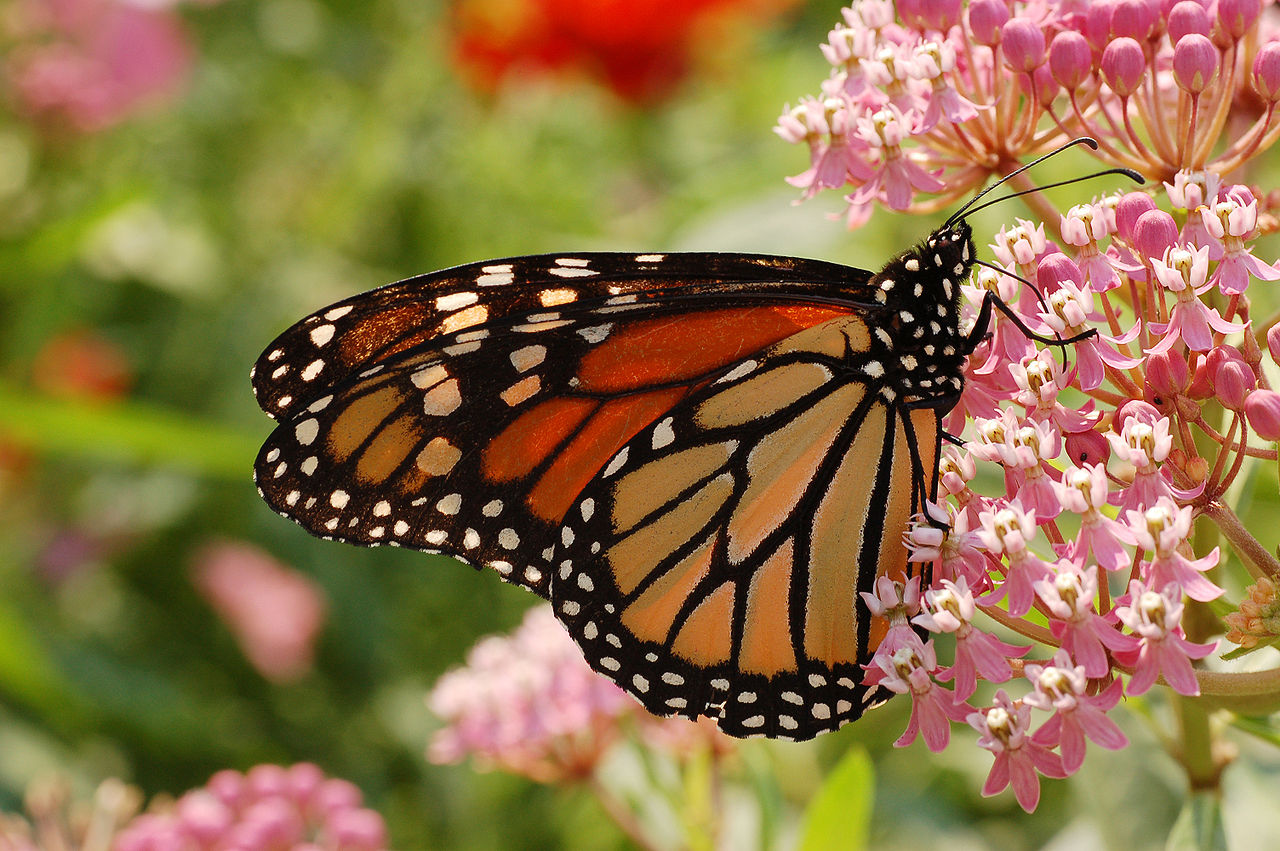
Monarch nectaring on milkweed flowers
References:
Center for Biological Diversity. Search Results for "Monarch".
Wisconsin Department of Natural Resources. "How You Can Help Monarchs".
Davis, Adrian, et al. "Wing morphology and flight performance in the monarch butterfly." PLOS ONE, vol. 17, no. 3, 2022, e0286921. DOI: 10.1371/journal.pone.0286921.
Monarch Joint Venture. "Monarch Importance." monarchjointventure.org.
Monarch Joint Venture. "More Than Monarchs: Bumble Bees' Role in Milkweed Pollination." monarchjointventure.org.
Greenburgh Nature Center. "It's Complicated." greenburghnaturecenter.org.
The Butterfly Lady. "The Monarch Butterfly: Super Generation." butterfly-lady.com.
Monarch Joint Venture. "Overwintering." monarchjointventure.org.
Best Bees. "The Monarch Butterfly." bestbees.com.
Oberhauser, Karen, et al. "Monarch butterfly global distribution and migration." Frontiers in Ecology and Evolution, vol. 7, 2019, 362. DOI: 10.3389/fevo.2019.00362.
Center for Biological Diversity. "New Eastern Monarch Butterfly Count Indicates Pollinator Still Threatened." biologicaldiversity.org.
World Wildlife Fund. "Eastern Migratory Monarch Butterfly Populations Decrease by 59% in 2024." worldwildlife.org.
Photo Reference:
Court Whelan, Ph.D https://dailywildlifephoto.nathab.com/photography-guide/whats-in-my-camera-bag-monarch-butterfly-migration-adventure/
© Derek Ramsey / derekramsey.com / Used with permission


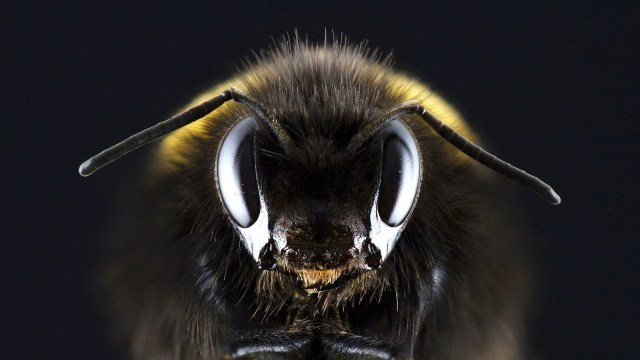
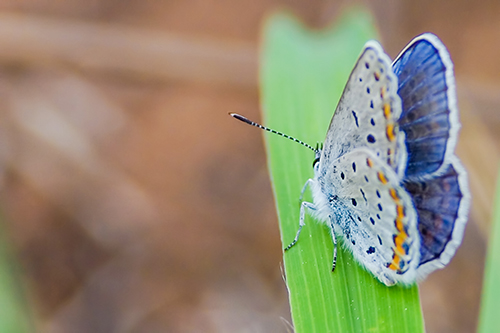

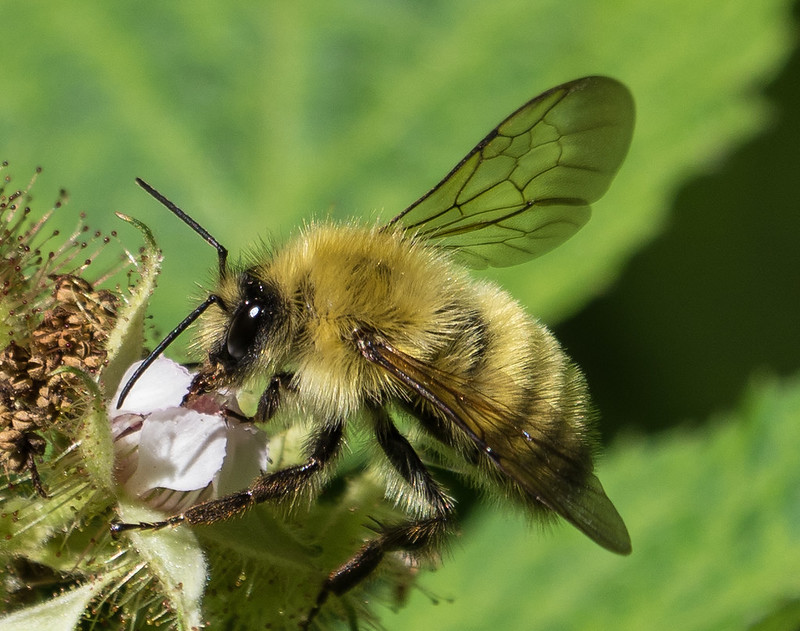
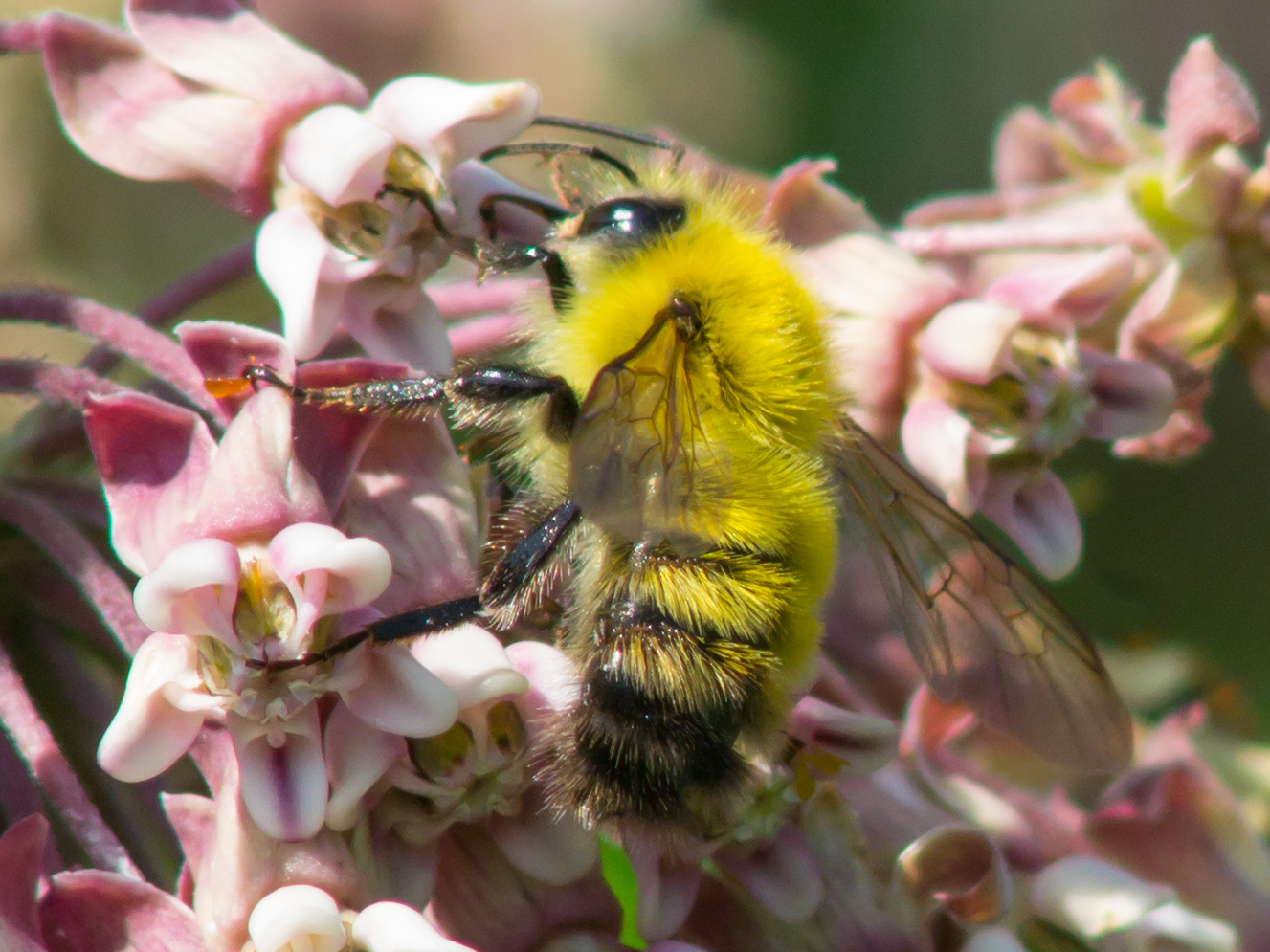
.jpg)





